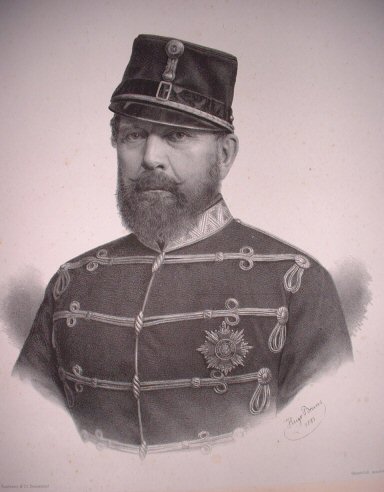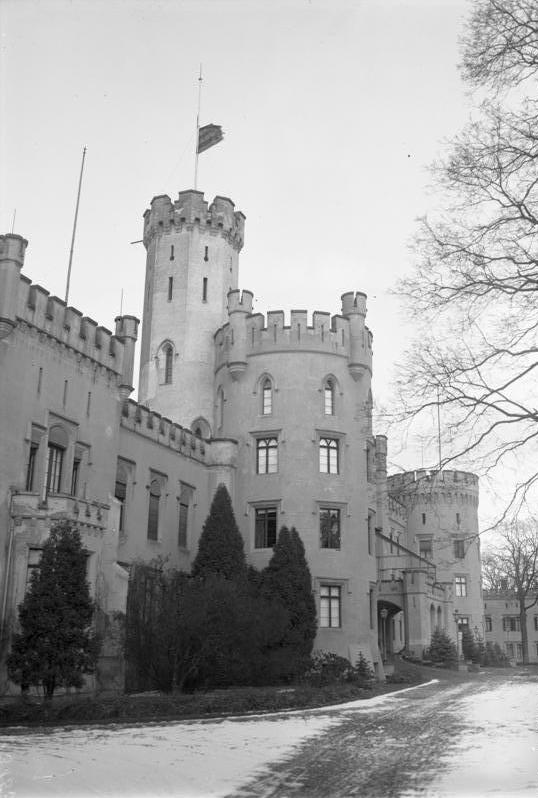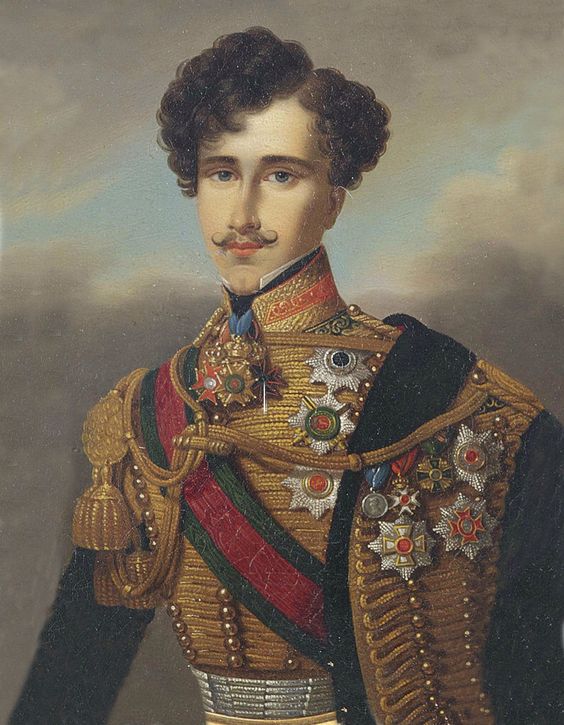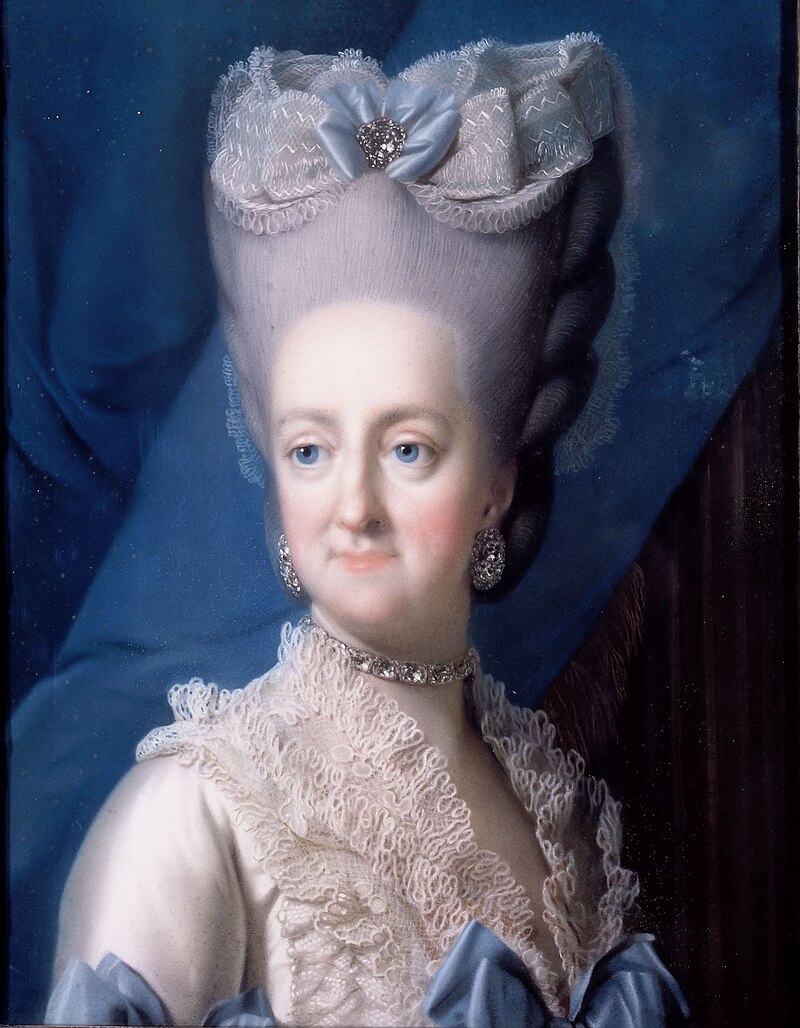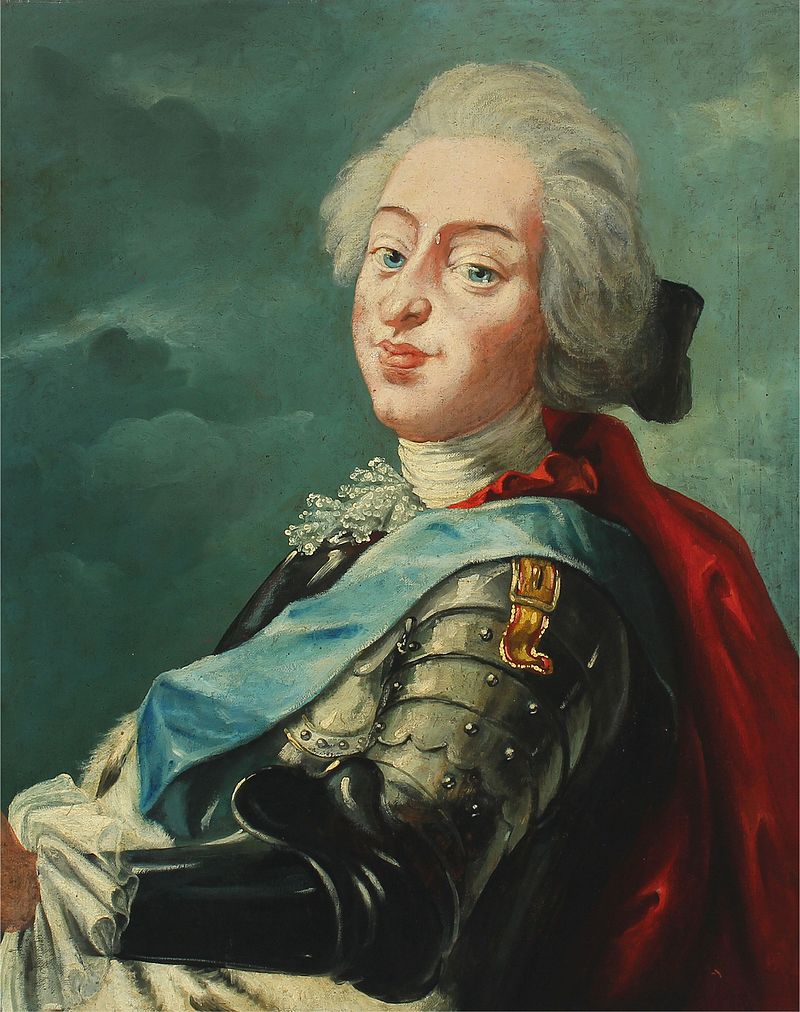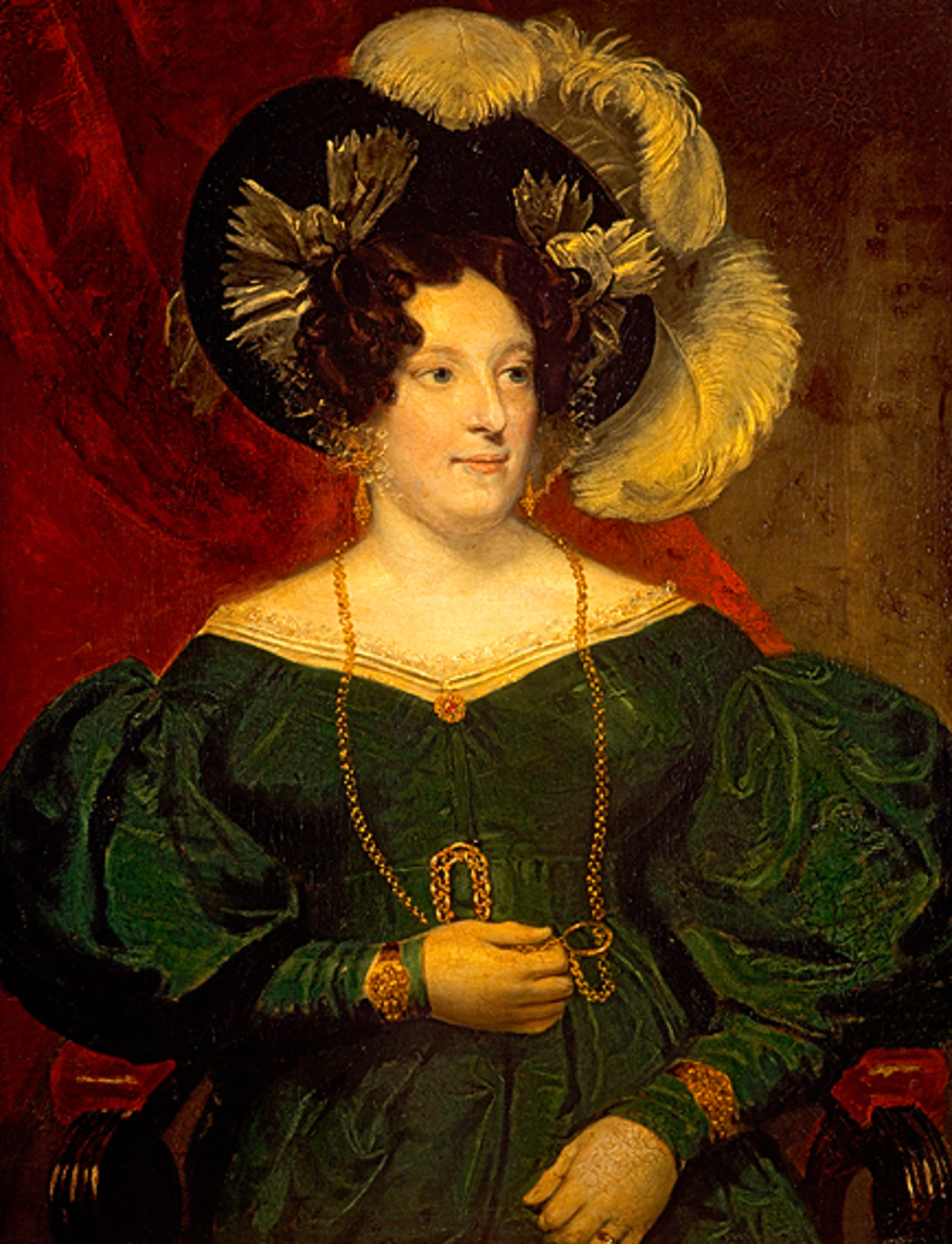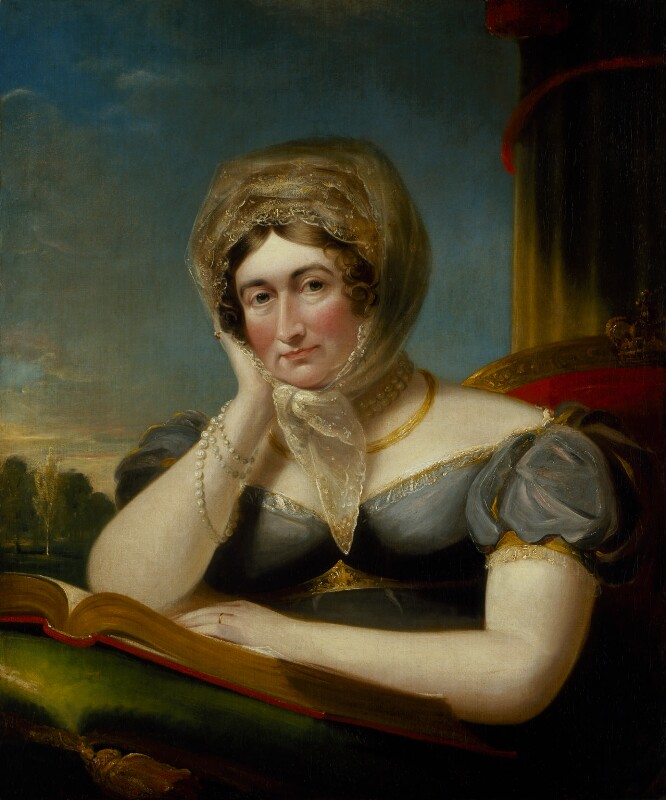by Scott Mehl © Unofficial Royalty 2018
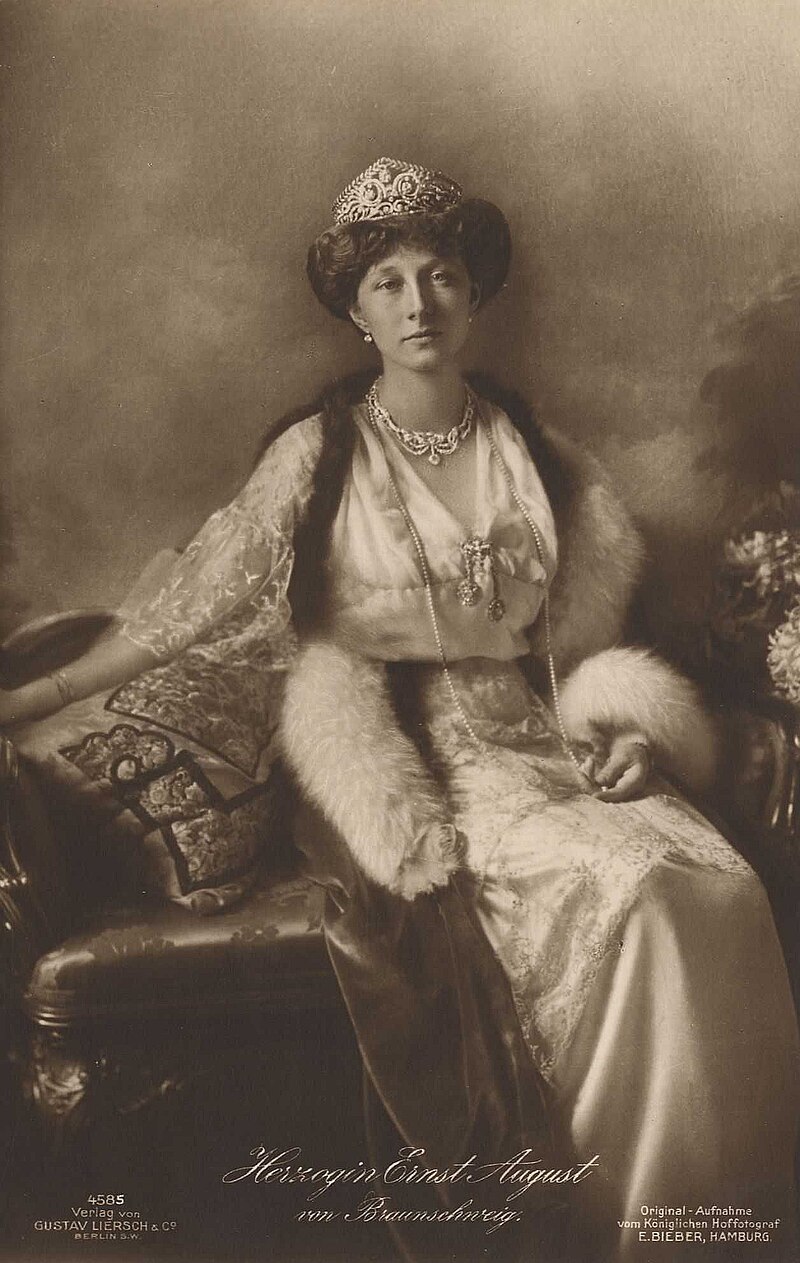
Viktoria Luise, c1918. source: Wikipedia
Viktoria Luise of Prussia, Princess of Hanover, Duchess of Brunswick
Princess Viktoria Luise Adelheid Mathilde Charlotte of Prussia was the last Duchess of Brunswick through her marriage to Prince Ernst August of Hanover, Duke of Brunswick. She was born on September 13, 1892, at the Marble Palace in Potsdam, Kingdom of Prussia, now in the German state of Brandenburg, the youngest child and only daughter of Wilhelm II, German Emperor, King of Prussia and Princess Augusta Viktoria of Schleswig-Holstein-Sonderburg-Augustenburg. Viktoria Luise had six older brothers:
- Crown Prince Wilhelm (1882-1951) – married Duchess Cecilie of Mecklenburg-Schwerin, had issue
- Prince Eitel Friedrich (1883-1942) – married Duchess Sophie Charlotte of Oldenburg, no issue
- Prince Adalbert (1884-1948) – married Princess Adelheid of Saxe-Meiningen, had issue
- Prince August Wilhelm (1887-1949) – married Princess Alexandra of Schleswig-Holstein-Sonderburg-Glücksburg, had issue
- Prince Oskar (1888-1958) – married Countess Ina Marie von Bassewitz, had issue
- Prince Joachim (1890-1920) – married Princess Marie-Auguste of Anhalt, had issue
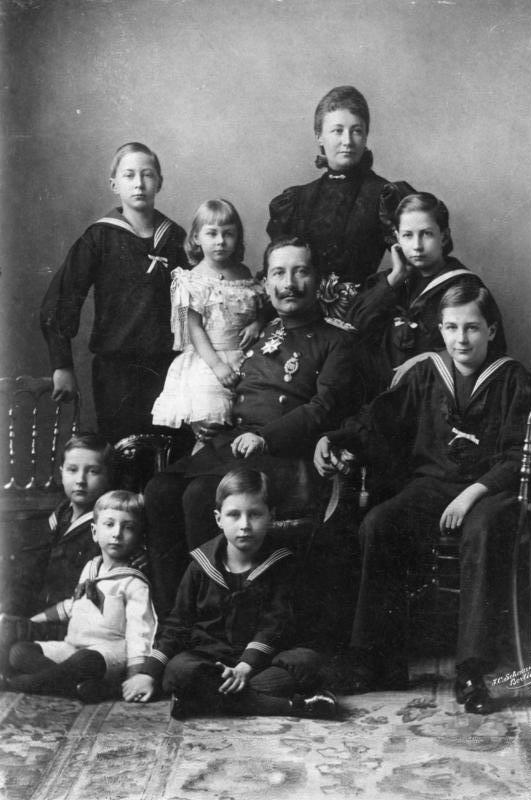
Viktoria Luise with her parents and siblings, c1896. source: Wikipedia
The young princess was christened on October 22, 1892, and named for her great-grandmother – Queen Victoria of the United Kingdom, and her great-great-grandmother – Queen Luise of Prussia. As the youngest child and only daughter, she was her father’s favorite and could do no wrong in his eyes. She was educated privately at home, studying religion and music, as well as developing a love of athletic pursuits. From a young age, she became an accomplished hunter and rider. In 1900, the Hamburg-American Line named a ship in her honor. The Prinzessin Viktoria Luise would be the world’s first cruise ship.

Prince Ernst August of Hanover, Duke of Brunswick. source: Wikipedia
Viktoria Luise met her future husband in 1912 when he came to Berlin to personally thank the Emperor for sending two of his sons to the funeral of Ernst August’s brother. While there, the couple met and quickly fell in love. However, there was political tension between Prussia and Hanover, as Ernst August’s father, also named Ernst August, Duke of Cumberland, refused to relinquish his claims to the Hanoverian throne. For this reason, the Emperor had not allowed him to succeed to the Duchy of Brunswick, to which he was also the rightful heir. Finally, after months of negotiations, a compromise was reached which would allow Viktoria Luise and Ernst August to marry. The Duke of Cumberland renounced his rights to the throne of Hanover for himself and his heirs. He also ceded his rights to the Duchy of Brunswick, which allowed the younger Ernst August to become reigning Duke. After all of these negotiations, Viktoria Luise and Ernst August were engaged on February 11, 1913.
Their wedding was held in Berlin, Kingdom of Prussia, now in the German state of Brandenburg, on May 24, 1913, and was one of the largest gatherings of royalty in Germany since the establishment of the German Empire in 1871. It would also be one of the last large social events before World War I, attended by 1,200 guests, including the British King and Queen and the Russian Emperor and Empress. Six months later, Ernst August was formally created Duke of Brunswick. He and Viktoria Luise took up residence in Brunswick, where they had five children:
- Ernst August, Hereditary Prince of Brunswick (1914-1987) – married (1) Princess Ortrud of Schleswig-Holstein-Sonderburg-Glücksburg, had issue; (2) Countess Monika of Solms-Laubach, no issue
- Prince Georg Wilhelm (1915-2006) – married Princess Sophie of Greece and Denmark, had issue
- Princess Friederike (1917-1981) – married King Paul of the Hellenes, had issue
- Prince Christian Oscar (1919-1981) – married Mireille Dutry, had issue
- Prince Welf Heinrich (1923-1997) – married Princess Alexandra of Ysenburg and Büdingen, no issue

Viktoria Luise and Ernst August, c1918. source: Wikipedia
Viktoria Luise’s husband was forced to abdicate on November 8, 1918, when the monarchies in Germany were abolished. The following year, he also lost his British title as a Prince of the United Kingdom under the Titles Deprivation Act. 1918 also saw the abdication of Viktoria Luise’s father, who lived the rest of his life in exile at Huis Doorn in Doorn, Netherlands. The couple lived at several of their estates, including Blankenburg Castle, in the German state of Saxony-Anhalt, where Viktoria Luise continued her support of philanthropic causes, promoted restoration projects for several of the old palaces, and indulged in her love of horses and hunting. When Blankenburg was expropriated by the Soviets in 1945, Viktoria Luise and her family were forced to flee. Under orders of her second cousin, King George VI of the United Kingdom, British army troops were sent to Blankenburg to transport all of their belongings to Marienburg Castle in Hanover, Lower Saxony, Germany, the couple’s privately owned property, where they lived for the next eight years.
Viktoria Luise was widowed in 1953, and the following year her son turned Marienburg Castle into a museum, uprooting Viktoria Luise and causing a rift between mother and son. The relationship became further strained over their disagreement on her appanage and public role. Her son wanted her to retire quietly, but Viktoria Luise had no intention of that! He offered her several residences, but instead she moved to the Riddagshausen district of Brunswick, moving into a home provided to her by a group called the Brunswick Circle of Friends. With the support of this group, she continued to be involved in her charitable works and maintained her position in society. After living many years in Brunswick, her health began to fail in the fall of 1980, and she moved to the Friederikestift, a hospital in Hanover.
The Dowager Duchess of Brunswick died in Hanover, Germany on December 11, 1980, at the age of 88. She was the last surviving child of Wilhelm II, having outlived her siblings by over 22 years. Viktoria Luise is buried beside her husband, in front of the Royal Mausoleum in the Berggarten at Herrenhausen Gardens in Hanover, Germany.
This article is the intellectual property of Unofficial Royalty and is NOT TO BE COPIED, EDITED, OR POSTED IN ANY FORM ON ANOTHER WEBSITE under any circumstances. It is permissible to use a link that directs to Unofficial Royalty.
Brunswick Resources at Unofficial Royalty




